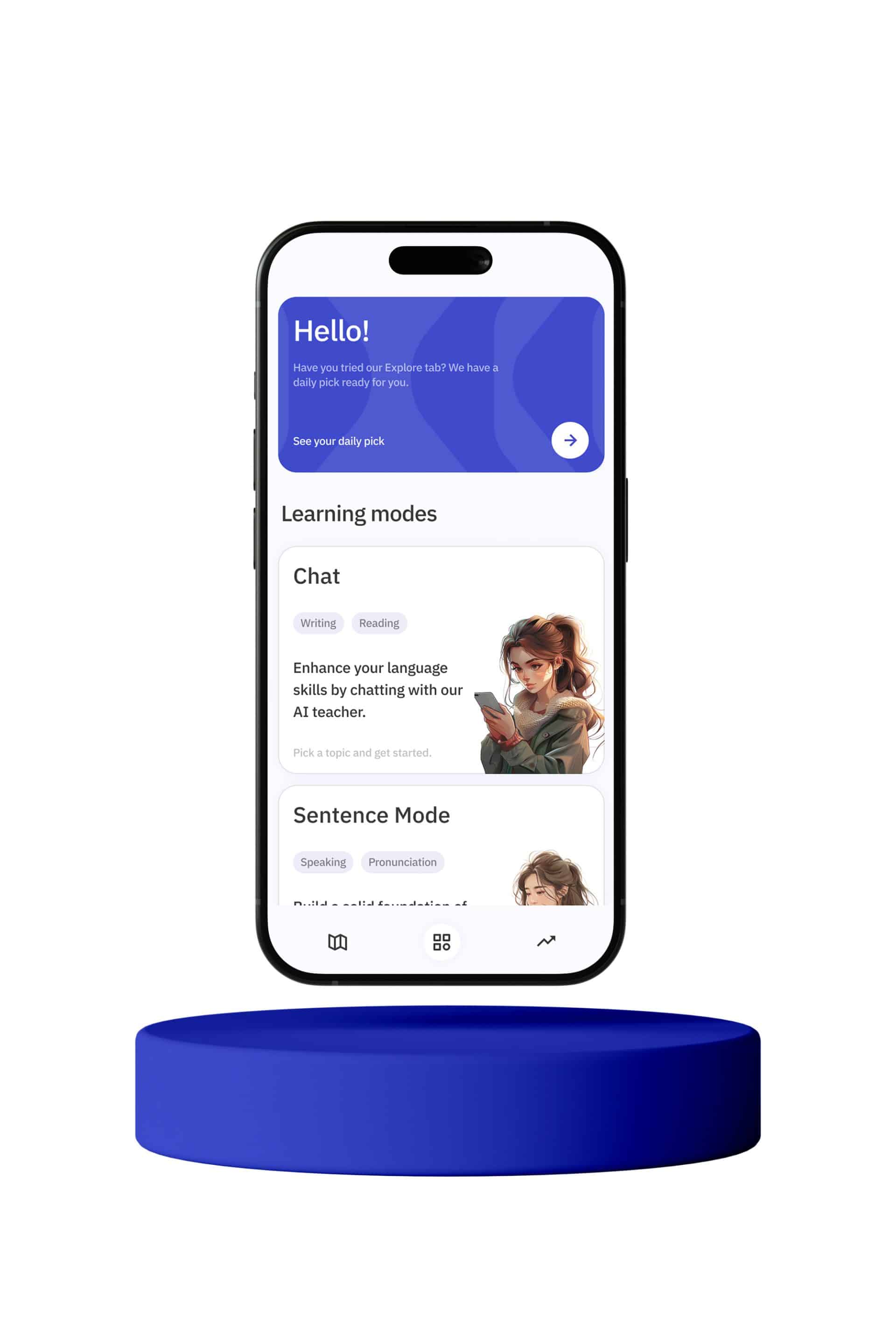Learning French can be an enriching experience, especially when you delve into the nuances of its culture and language. One such nuance is understanding the different meals in French. If you’ve ever been puzzled by the terms déjeuner and petit déjeuner, you’re not alone. Let’s break down these terms and see how they fit into the daily life of a French speaker.
First, let’s start with petit déjeuner. In French, petit déjeuner refers to breakfast. The word petit means “small,” and déjeuner means “to break the fast.” Essentially, it’s the small meal that breaks the overnight fast. The typical French breakfast is quite different from what you might be accustomed to in other cultures. It usually consists of a hot beverage like coffee, tea, or hot chocolate, accompanied by bread, croissants, or pastries. You might also find butter, jam, or honey to spread on the bread. Some people enjoy yogurt or fresh fruit as well. Unlike in some other cultures, a French petit déjeuner is generally light and simple.
Next, we have déjeuner. In modern French, déjeuner means lunch. This is where it can get a bit confusing for learners because historically, déjeuner referred to breakfast. Over time, the meaning has shifted. Today, déjeuner is the mid-day meal, usually taken around noon. This meal is more substantial than petit déjeuner and can include a variety of courses. A traditional French lunch might start with an entrée (which is actually the appetizer in French dining), followed by the main course, and then dessert. The main course could be anything from a salad, meat, fish, vegetables, or a pasta dish. Dessert options range from fruit to more elaborate sweets like tarts or crème brûlée.
To add another layer, let’s discuss the term dîner. In French, dîner is the evening meal, or dinner. Typically, this meal is eaten later in the evening, around 7 or 8 PM. Like déjeuner, dîner can be a multi-course affair. It often starts with an apéritif, which is a pre-dinner drink accompanied by small snacks. The main courses follow, similar to those served during lunch, but sometimes they can be lighter. For instance, a soup or a salad might be preferred. The meal usually concludes with cheese, dessert, and coffee.
It’s important to note that these meals can vary significantly depending on the region in France and individual family traditions. For instance, in some rural areas, people might have a more substantial petit déjeuner because they need the energy for a long day of work. Conversely, in urban areas, a quick coffee and croissant might suffice for breakfast.
Understanding these terms is not just about language; it’s also about appreciating French culture. Meals in France are often seen as a time to gather with family and friends, to relax, and to enjoy good food and conversation. This cultural aspect is embedded in the language itself. For example, the word déjeuner comes from the Latin “dis-jeunare,” which means “to break the fast.” Similarly, dîner has its roots in the Latin word “disjējūnāre,” meaning “to dine.”
When learning French, it’s helpful to immerse yourself in the culture as much as possible. Try to experience a traditional French meal, if you can. Pay attention to the order of the courses, the types of food served, and the social aspects of the meal. This will not only help you understand the vocabulary better but also give you a richer understanding of French culture.
For those who are keen on practicing their French, here are a few phrases that might come in handy:
– “Qu’est-ce que tu prends pour le petit déjeuner?” – What do you have for breakfast?
– “À quelle heure est le déjeuner?” – What time is lunch?
– “Est-ce que tu veux dîner avec moi?” – Do you want to have dinner with me?
By using these phrases, you can practice your vocabulary and also engage in conversations about meals, which are an integral part of daily life in any culture.
In summary, understanding the terms déjeuner and petit déjeuner is crucial for anyone learning French. These terms reflect not just different times of the day but also different cultural practices and traditions. By familiarizing yourself with these concepts, you can improve your language skills and deepen your appreciation for French culture. So the next time you sit down for a meal, whether it’s a simple petit déjeuner or a multi-course déjeuner, you’ll know exactly what to call it in French. Bon appétit!








